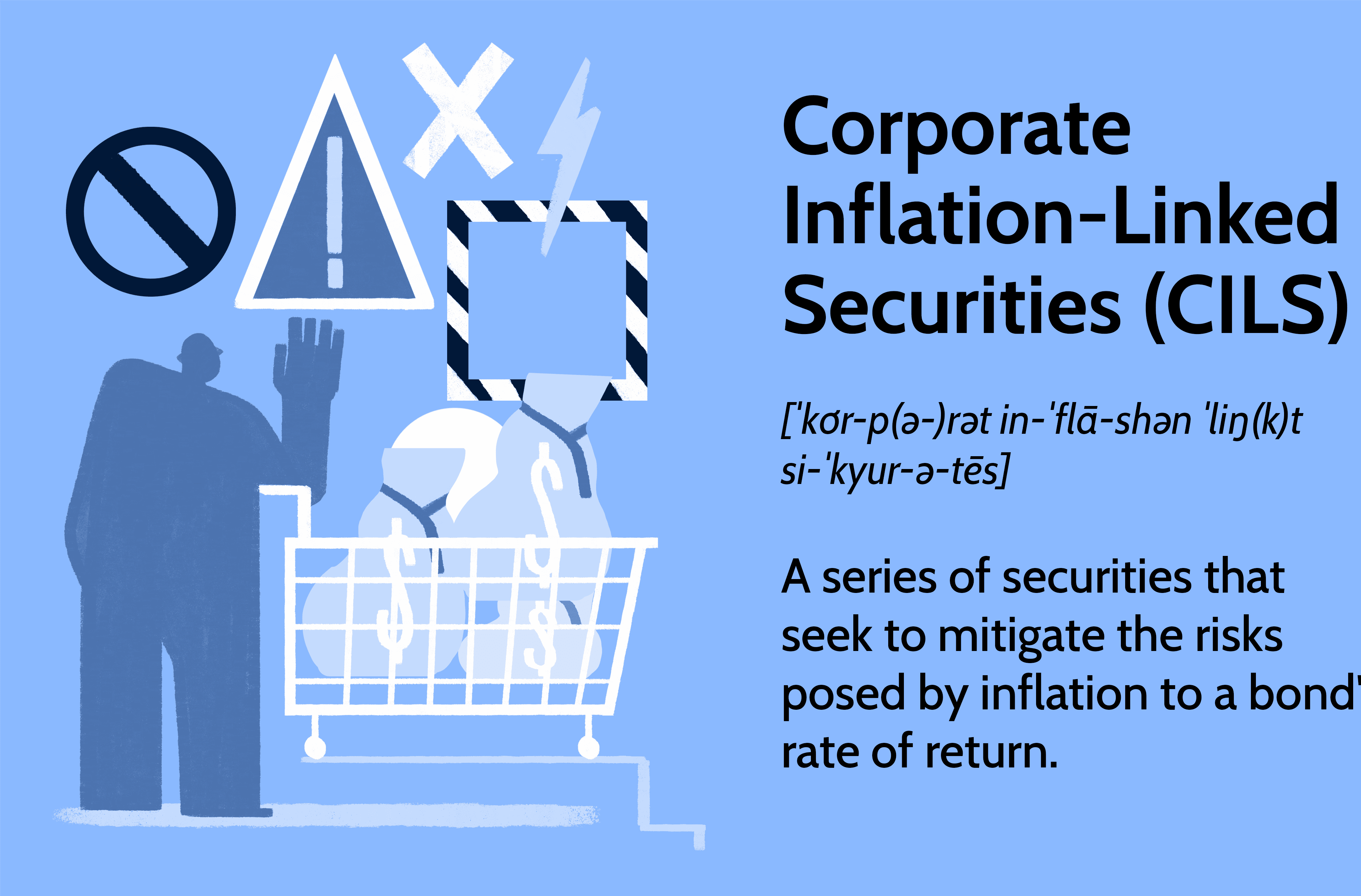
Bitcoin Technical Analysis Future Trends 2025 Expert Predictions & Chart Patterns
Bitcoin technical analysis future trends are more crucial than ever for traders and investors seeking to navigate this volatile landscape. As we advance through 2025, understanding the intricate patterns, indicators, and market dynamics that drive Bitcoin’s price movements has become essential for making informed investment decisions. Technical analysis provides the roadmap for identifying potential entry and exit points, while future trend predictions help traders position themselves advantageously in an increasingly competitive market.
Bitcoin’s technical analysis combines historical price data, trading volume patterns, and mathematical indicators to forecast potential price movements. This analytical approach has proven invaluable for both short-term traders and long-term investors who want to understand market sentiment and identify optimal trading opportunities.
Understanding Bitcoin Technical Analysis Fundamentals
Technical analysis forms the backbone of cryptocurrency trading strategies, relying on chart patterns, indicators, and historical data to predict future price movements. Unlike fundamental analysis, which focuses on underlying asset value, technical analysis examines price action and market behavior patterns that tend to repeat over time.
The foundation of Bitcoin technical analysis rests on three core principles: market prices reflect all available information, prices move in trends, and history tends to repeat itself. These principles guide traders in interpreting chart patterns and making data-driven decisions about market entry and exit points.
Key technical indicators used in Bitcoin analysis include moving averages, Relative Strength Index (RSI), Moving Average Convergence Divergence (MACD), Bollinger Bands, and Fibonacci retracements. Each indicator provides unique insights into market momentum, trend strength, and potential reversal points.
Essential Chart Patterns for Bitcoin Traders
Chart patterns serve as visual representations of market psychology and trader behavior. Head and shoulders patterns often signal trend reversals, while triangle formations typically indicate continuation patterns. Double tops and bottoms frequently mark significant support and resistance levels that influence future price action.
Candlestick patterns provide additional insight into market sentiment. Doji candles suggest indecision, hammer patterns indicate potential reversals, and engulfing patterns signal strong directional moves. Understanding these patterns helps traders anticipate market movements and adjust their strategies accordingly.
Support and resistance levels play crucial roles in Bitcoin technical analysis. These price levels represent areas where buying or selling pressure historically concentrates, creating natural barriers that prices often respect. Identifying these levels helps traders set stop-losses, take-profit targets, and entry points for their positions.
Bitcoin Technical Analysis Future Trends 2025 Market Outlook
The Bitcoin technical analysis future trends landscape for 2025 presents several compelling scenarios based on current market structures and emerging patterns. Technical analysts are closely monitoring key indicators that suggest potential breakout scenarios and long-term trend developments.
Current macro-technical patterns indicate Bitcoin may be forming a large-scale ascending triangle, with resistance around previous all-time highs and rising support levels. This formation typically resolves with an upward breakout, potentially targeting price levels significantly above current ranges.
Institutional adoption continues influencing technical patterns, creating more stable support levels and reducing extreme volatility. This institutional presence manifests in technical charts as stronger support zones and more predictable retracement patterns during corrections.
Advanced Indicator Analysis for Future Predictions
On-chain metrics are increasingly integrated with traditional technical analysis to provide comprehensive market insights. Indicators like Network Value to Transactions (NVT) ratio, MVRV (Market Value to Realized Value), and active addresses help validate technical signals and improve prediction accuracy.
The Stock-to-Flow model, while not purely technical analysis, provides valuable context for long-term trend analysis. This model suggests Bitcoin’s scarcity dynamics create predictable price appreciation cycles that technical analysts can incorporate into their forecasting frameworks.
Volume analysis reveals significant insights about trend sustainability and potential reversals. Accumulation/distribution patterns show whether institutional investors are building positions during consolidation phases, often preceding major price movements.
Emerging Technical Patterns in Bitcoin Markets
Recent market structure changes have created new technical patterns unique to Bitcoin’s maturation process. These include extended consolidation phases followed by explosive breakouts, correlation pattern changes with traditional assets, and the emergence of algorithmic trading patterns that create more defined support and resistance levels.
The integration of options and futures markets has introduced new technical dynamics, including gamma squeezes and delta hedging activities that influence spot price action. These derivatives-driven patterns require updated analytical approaches that combine traditional technical analysis with options flow analysis.
Cryptocurrency Market Sentiment and Technical Indicators

Market sentiment plays a pivotal role in Bitcoin price movements, often preceding technical breakouts or breakdowns. Fear and Greed Index measurements frequently align with technical oversold or overbought conditions, providing confirmation signals for technical analysis predictions.
Social media sentiment analysis has become an important complementary tool for technical analysts. Twitter mention volumes, Reddit discussion sentiment, and Google search trends often precede technical pattern completions, giving traders additional confirmation for their technical setups.
Institutional sentiment, measured through derivatives positioning and large transaction monitoring, provides insights into professional trader expectations. This institutional activity often creates the liquidity necessary for major technical breakouts or confirms trend continuation patterns.
Cross-Asset Technical Correlations
Bitcoin’s correlation patterns with traditional assets continue evolving, creating new technical analysis opportunities. During risk-off periods, Bitcoin sometimes correlates with gold, while during risk-on periods, it may follow technology stocks or broader market indices.
These correlation shifts create arbitrage opportunities and help technical analysts identify optimal entry points based on broader market technical conditions. Understanding when Bitcoin decouples from traditional asset correlations often signals the beginning of independent bull or bear market phases.
Currency market dynamics also influence Bitcoin technical patterns. Dollar strength or weakness often coincides with specific Bitcoin chart formations, helping traders anticipate potential breakout directions based on forex market technical analysis.
Bitcoin Price Prediction Models and Technical Forecasting
Multiple technical forecasting models provide different perspectives on Bitcoin’s potential future performance. Elliott Wave theory suggests Bitcoin follows predictable five-wave impulse patterns followed by three-wave corrective phases, offering structured approaches to long-term price forecasting.
Fibonacci-based analysis identifies key retracement and extension levels that frequently serve as turning points in Bitcoin’s price action. These levels, combined with other technical indicators, create high-probability trading zones that technical analysts monitor closely.
Machine learning applications are increasingly integrated into Bitcoin technical analysis, processing vast amounts of historical data to identify subtle patterns that human analysts might miss. These AI-driven models complement traditional technical analysis approaches and improve prediction accuracy.
Seasonal and Cyclical Pattern Analysis
Bitcoin exhibits certain seasonal tendencies that technical analysts incorporate into their forecasting models. Fourth-quarter performance patterns, post-halving cycles, and year-end institutional rebalancing create predictable technical setups that informed traders can exploit.
Four-year halving cycles create macro-technical patterns that influence long-term trend analysis. These cycles typically involve accumulation phases, markup phases, distribution phases, and correction phases, each with distinct technical characteristics that guide trading strategies.
Monthly and weekly closing patterns provide additional technical insights. End-of-month institutional flows often create specific candlestick patterns that help predict the following month’s trend direction, while weekly closing levels frequently establish significant support or resistance zones.
Risk Management in Bitcoin Technical Analysis
Effective risk management remains paramount when applying technical analysis to Bitcoin trading. Position sizing based on technical setups helps traders maintain consistent risk exposure across different market conditions and pattern types.
Stop-loss placement using technical levels rather than arbitrary percentages improves trade management outcomes. Key technical levels like previous support zones, moving average lines, or pattern boundaries provide logical stop-loss locations that respect market structure.
Portfolio correlation management becomes crucial when technical signals align across multiple cryptocurrency assets. Diversifying technical strategies across different timeframes and pattern types helps reduce concentrated risk exposure to any single analytical approach.
Technical Analysis Limitations and Considerations
While technical analysis provides valuable insights, traders must acknowledge its limitations, especially in cryptocurrency markets prone to sudden fundamental developments. News events, regulatory announcements, and macroeconomic changes can instantly invalidate technical patterns.
False breakouts represent common challenges in Bitcoin technical analysis. Whipsaw movements around key technical levels can trigger stop-losses before trends resume, requiring traders to implement confirmation strategies that reduce false signal frequency.
Market manipulation risks in cryptocurrency markets can distort technical patterns, particularly during low-volume periods. Understanding these manipulation tactics helps technical analysts identify genuine patterns versus artificially created formations.
Blockchain Analytics Integration with Technical Analysis
On-chain data provides unique validation opportunities for traditional technical analysis signals. Metrics like exchange inflows/outflows, whale movements, and long-term holder behavior often confirm or contradict technical pattern implications.
Network growth metrics, including new address creation and active user counts, help validate bullish technical breakouts by confirming underlying adoption trends. Conversely, declining network activity may suggest technical rallies lack a sustainable foundation.
Mining data integration offers additional confirmation for technical analysis predictions. Hash rate trends, mining difficulty adjustments, and miner selling pressure analysis provide macro-technical context that enhances traditional chart analysis accuracy.
Advanced On Chain Technical Indicators
HODL Waves analysis shows Bitcoin distribution across different holding periods, providing insights into market structure changes that influence technical pattern development. Long-term holder accumulation often precedes major technical breakouts.
Exchange balance tracking reveals institutional and retail trader positioning changes that frequently align with technical pattern completions. Decreasing exchange balances suggest accumulation phases that support bullish technical formations.
Network value models like NVT and MVRV ratios help identify overvalued or undervalued conditions that may influence technical pattern resolution directions. These fundamental overlays improve technical analysis decision-making frameworks.
Altcoin Technical Analysis and Bitcoin Correlation Patterns

Bitcoin’s dominance patterns create technical trading opportunities in altcoin markets. When Bitcoin consolidates within technical ranges, altcoins often experience independent technical breakouts that skilled traders can capitalize on.
Sector rotation patterns within cryptocurrency markets follow technical sequences that experienced analysts can predict. DeFi tokens, Layer 1 protocols, and utility tokens often exhibit distinct technical cycles relative to Bitcoin’s macro-technical phases.
Cross-chain technical analysis identifies arbitrage opportunities and confirms trend strength across different blockchain ecosystems. When technical patterns align across multiple cryptocurrency networks, it suggests stronger underlying trend momentum.
Technical Analysis Tools and Platforms
Professional-grade charting platforms like TradingView, Coinigy, and institutional tools provide advanced technical analysis capabilities specifically designed for cryptocurrency markets. These platforms offer specialized indicators, automated pattern recognition, and real-time alert systems.
API integration allows technically oriented traders to automate their analysis processes and execute trades based on predefined technical criteria. This automation helps capture opportunities that occur outside normal trading hours and reduces emotional decision-making bias.
Mobile technical analysis applications enable traders to monitor key technical levels and receive pattern completion alerts regardless of location. This accessibility ensures traders don’t miss critical technical setups due to timing constraints.
Derivatives Market Technical Analysis
Options flow analysis provides insights into professional trader expectations and can validate or contradict spot market technical patterns. Large options positions often create price magnetism effects that influence technical support and resistance levels.
Futures market technical analysis reveals institutional positioning and hedging activities that impact spot price technical patterns. Contango and backwardation conditions create different technical dynamics that informed traders incorporate into their analysis frameworks.
Perpetual swap funding rates offer real-time sentiment indicators that complement traditional technical analysis. Extreme funding rates often coincide with technical reversal patterns, providing additional confirmation for counter-trend trading opportunities.
Quantitative Technical Analysis Approaches
Statistical analysis of historical technical patterns helps traders understand success probabilities for different setups. Pattern recognition algorithms can identify subtle variations in traditional formations that improve trading outcomes. Monte Carlo simulations applied to technical trading strategies provide risk assessment frameworks that help traders optimize position sizing and entry timing decisions.
These quantitative approaches complement discretionary technical analysis methods. Backtesting infrastructure allows traders to validate their technical analysis approaches against historical data, identifying which patterns and indicators perform best under different market conditions.
Also Read: Bitcoin Futures vs Traditional Commodities Complete Trading Guide 2025
Conclusion
Bitcoin technical analysis future trends continue evolving as markets mature and institutional adoption increases. Successful traders combine traditional technical analysis with cryptocurrency-specific indicators and on-chain data to create comprehensive trading strategies. While technical analysis cannot guarantee future performance, it provides valuable frameworks for understanding market dynamics and identifying high-probability trading opportunities.
The integration of artificial intelligence, derivatives market analysis, and blockchain metrics creates unprecedented opportunities for technically oriented Bitcoin traders. As we progress through 2025, staying updated with emerging technical patterns and analytical tools will separate successful traders from the competition.
Ready to implement advanced Bitcoin technical analysis strategies? Start by mastering fundamental chart patterns and gradually incorporating sophisticated indicators and on-chain metrics into your trading approach. Remember that consistent risk management and continuous learning remain the foundation of successful technical analysis application in cryptocurrency markets.







